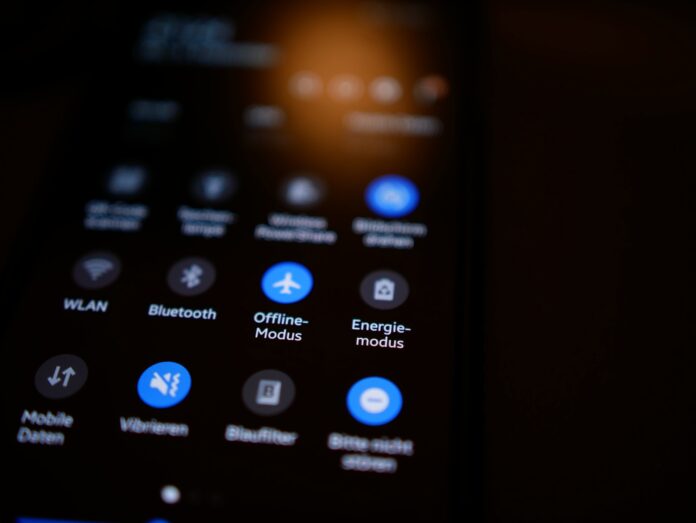The ESP32 is a powerful microcontroller and Wi-Fi/Bluetooth module that has gained significant popularity among developers and hobbyists in recent years. It is part of the ESP8266/ESP32 family of microcontrollers manufactured by Espressif Systems. The ESP32 is known for its versatility, low power consumption, and extensive connectivity options, making it suitable for a wide range of applications.
The ESP32 combines a high-performance, dual-core Xtensa LX6 CPU with a robust set of peripherals and built-in Wi-Fi and Bluetooth capabilities. This integration of processing power and wireless connectivity makes the ESP32 an attractive choice for projects that require both computational capabilities and wireless communication. It can be used in various applications such as home automation, Internet of Things (IoT) devices, wearables, robotics, and more.
At the heart of the ESP32 is the Tensilica Xtensa LX6 microprocessor, which features two cores running at clock speeds of up to 240 MHz. These cores can be individually controlled and programmed to perform tasks simultaneously or independently, providing flexibility and improved performance for multitasking applications. The ESP32 also incorporates a memory management unit (MMU) that allows for efficient memory usage and enables the execution of complex operating systems.
One of the standout features of the ESP32 is its extensive connectivity options. It includes built-in Wi-Fi 802.11 b/g/n/e/i, supporting a wide range of Wi-Fi protocols and configurations. This allows the ESP32 to connect to local Wi-Fi networks, create access points, or even act as a Wi-Fi mesh node. Additionally, the ESP32 supports Bluetooth Classic (BR/EDR) and Bluetooth Low Energy (BLE), making it compatible with various Bluetooth devices and applications.
The ESP32 provides a rich set of peripherals, enabling it to interface with a wide array of sensors, actuators, and external devices. It features 34 programmable input/output (GPIO) pins, which can be used for digital input/output, analog input, pulse width modulation (PWM), and more. These pins can also be multiplexed to support various communication protocols such as I2C, SPI, UART, and CAN, expanding the ESP32’s compatibility with different devices and modules.
To facilitate rapid development and prototyping, the ESP32 is supported by a comprehensive software development framework. The official development framework provided by Espressif Systems is called the Espressif IoT Development Framework (ESP-IDF). This framework offers a set of libraries, drivers, and tools that simplify the development process for ESP32-based projects. It provides APIs for various functionalities such as Wi-Fi, Bluetooth, file system access, cryptography, and more, enabling developers to quickly build robust and feature-rich applications.
Furthermore, the ESP-IDF supports FreeRTOS, a popular real-time operating system (RTOS) that enhances the multitasking capabilities of the ESP32. FreeRTOS allows developers to create multiple tasks, each with its own priority and execution context, enabling efficient task management and resource allocation. It also provides synchronization primitives and inter-task communication mechanisms, making it easier to develop complex applications that require coordination between multiple tasks.
In addition to the official development framework, the ESP32 is compatible with various other software platforms and programming languages. It can be programmed using the Arduino IDE, which is widely used among the maker community and provides a beginner-friendly environment for writing and uploading code to the ESP32. The ESP32 also has support for MicroPython, a Python 3 implementation that allows developers to write scripts and run them directly on the microcontroller, simplifying the development process for those familiar with Python.
The ESP32’s low power consumption is another noteworthy aspect of this microcontroller. It features multiple power-saving modes that can be utilized to extend battery life in portable and battery-powered applications. These modes include the deep sleep mode, which allows the ESP32 to consume minimal power while maintaining essential functionality. In this mode, the microcontroller can be configured to wake up periodically or based on specific triggers, such as an external interrupt or a timer, conserving energy when the device is idle.
Moreover, the ESP32 offers a secure execution environment through its built-in hardware security features. It includes a cryptographic hardware accelerator that supports various encryption algorithms, such as AES, RSA, and SHA, enabling secure communication and data storage. The microcontroller also provides a secure boot mechanism, ensuring that only trusted and authenticated firmware is executed, thus preventing unauthorized access and tampering.
The ESP32 has a broad range of development boards and modules available in the market, offering different form factors and features to suit various project requirements. These boards often come with integrated peripherals, such as sensors, displays, and USB connectivity, making them ready-to-use platforms for rapid prototyping and development. Additionally, the availability of extensive documentation, tutorials, and community support further facilitates the adoption and exploration of the ESP32 ecosystem.
With its combination of processing power, wireless connectivity, rich peripherals, and software support, the ESP32 has become a popular choice for IoT projects. Its ability to seamlessly connect to the internet, interact with sensors and actuators, and process data opens up endless possibilities for creating smart and interconnected systems. Whether it’s building a home automation system to control lights and appliances, developing a wearable device for health monitoring, or constructing a robot that communicates wirelessly, the ESP32 offers the capabilities and flexibility to bring these ideas to life.
In conclusion, the ESP32 is a versatile microcontroller and Wi-Fi/Bluetooth module that has gained widespread recognition for its exceptional performance, extensive connectivity options, and low power consumption. Its dual-core CPU, rich set of peripherals, and support for various development frameworks make it a powerful tool for creating a wide range of IoT applications. With its continued popularity and the growing support from the maker community, the ESP32 is poised to play a significant role in shaping the future of embedded systems and connected devices.






















